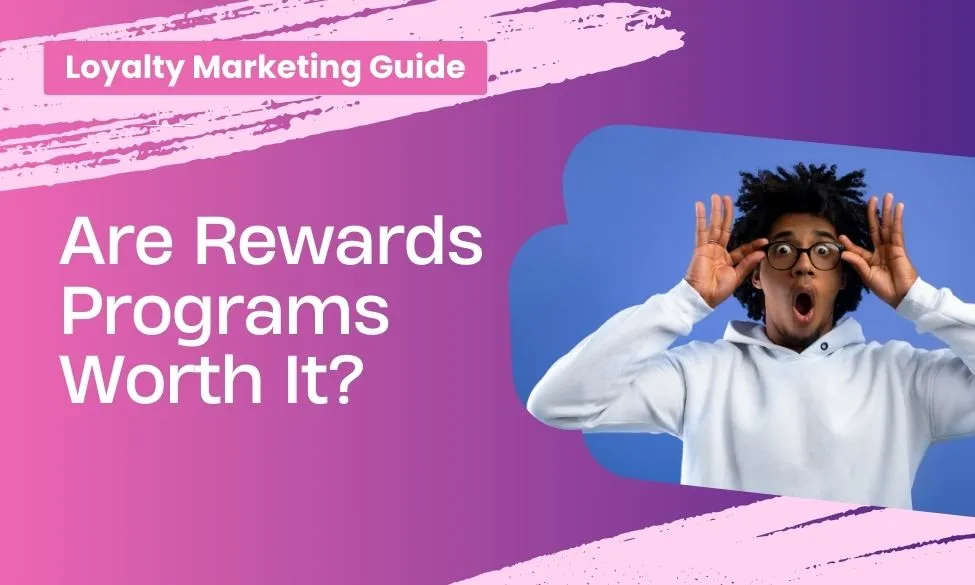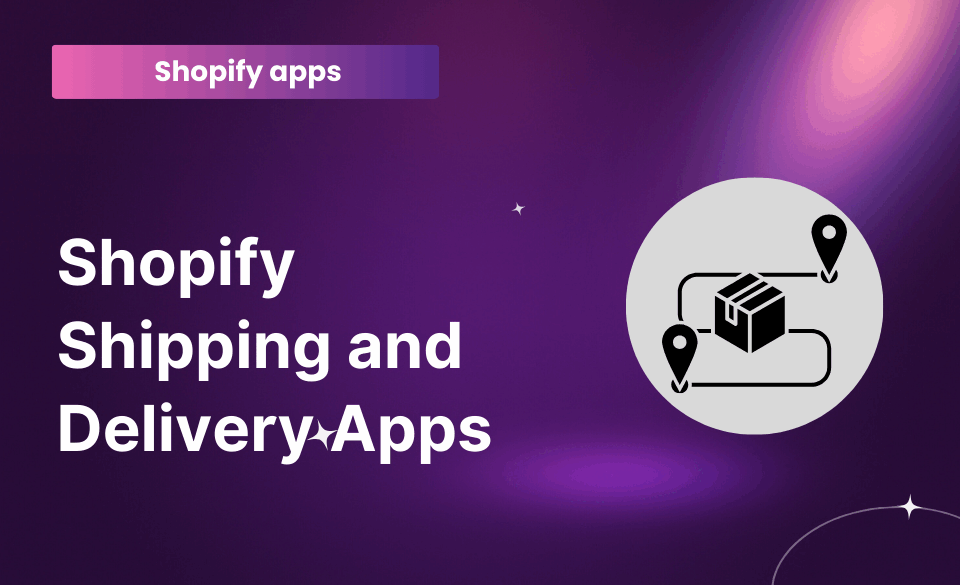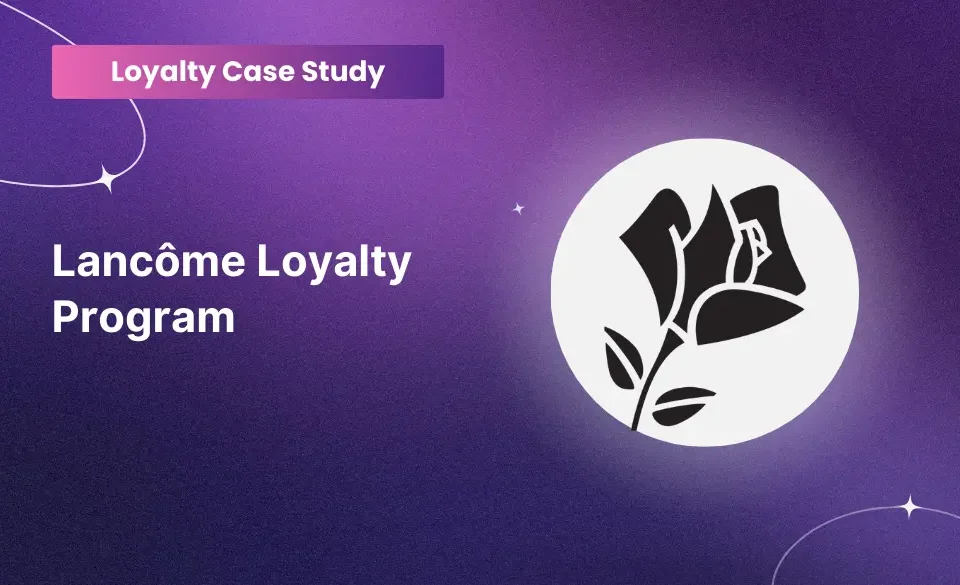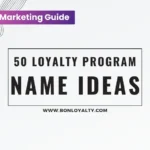
50 Loyalty Program Name Ideas To Keep Customers Stay
28 February, 2024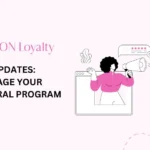
New referral program updates: Leverage your word-of-mouth marketing
4 March, 2024Are rewards programs worth it? Rewards schemes might be perplexing. Promises of greater revenue and client involvement mingle with warnings of program weariness.
This blog is your map through the loyalty labyrinth. We’ll discuss the advantages and downsides, revealing the secrets of successful programs and possible dangers. Keep reading to find more.
The Rising Popularity Of Loyalty Programs
Did you gather colourful arcade tickets and trade them for cool prizes? Well, grown-ups have their own version of that now, called loyalty rewards. They let companies to say “thank you” to consumers by offering points, discounts, or special offers for buying or utilising their services.
So, do rewards programs actually work? Consider this: assume you had two lemonade stalls next to each other. One delivers nice stickers with every lemonade; the other doesn’t. Where are you most likely to return? The sticker, obviously.
Loyalty programs are everywhere now, from airlines and hotels to clothing stores and even your favorite pizza place. They’re not just for adults anymore either – some stores even have programs for kids, teaching them the value of saving and earning rewards.
Pros Of Rewards Programs
It might be hard to stand out in a crowded market where businesses compete like they are in a big show. Reward programs have been shown to bring in and keep customers. It might be exciting to use these tools, but are they really useful in today’s market?
From increasing revenue and consumer interaction to collecting data and building brand loyalty, we’ll reveal the secrets of successful programs:
Enhancing Customer Loyalty
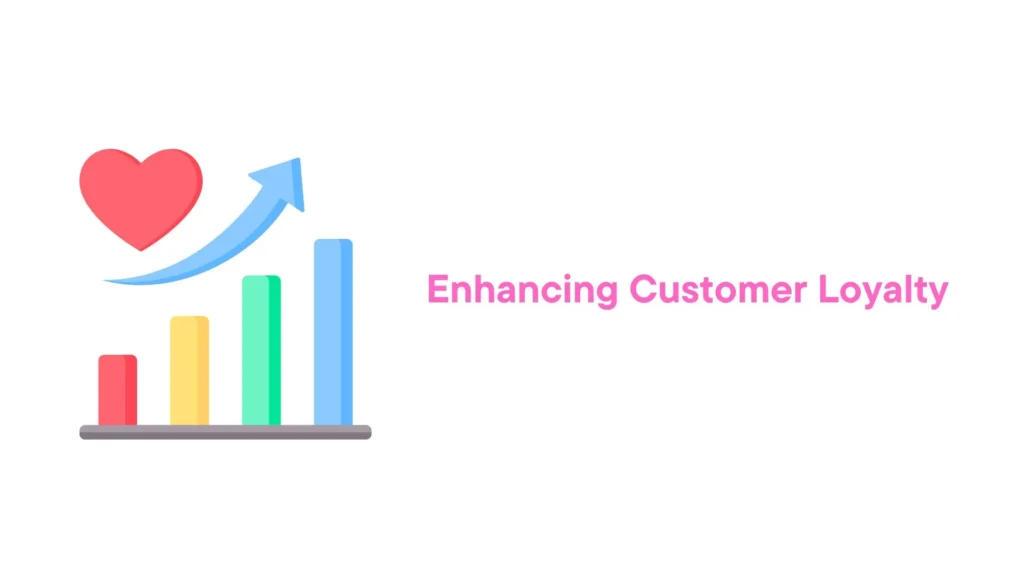
Consider this: Let’s say you have two favorite places, and both serve great food. One gives you a free treat with every meal, but the other doesn’t. Where are you most likely to stick around? The answer is clear. If customers can connect with a shop, 66% would join a loyalty program. Reward programs make that personal link and encourage people to come back.
Are rewards programs worth it? Yes, because of that same love of recognition and reward, building lasting bonds with customers. But beyond just free stuff, they offer a strategic way to boost customer loyalty and drive repeat business.
Companies that had a tiered reward program saw a 1.8x higher return on investment than companies that didn’t have any tiers. According to research, rewards program users spend more, buy again, and promote brands. Loyalty is worth a lot in today’s market, and awards programs are the key to making the most of it.
Gathering Valuable Customer Data

Customers are spoiled by loyalty programs that give them discounts, points, and free stuff, but they’re really just a powerful way to collect information.
65% of buyers say they would share their information to get personalized offers that are useful to them. This means that every purchase, point earned, and offer taken by a customer has a story to tell. It tells you what they like and don’t like, what they buy, and even what makes them feel bad.
Data may also show interesting trends, such as which goods people buy together, what makes them buy things, and when they spend the most. Forecasting helps businesses keep track of their goods, make focused ads, and stay ahead in a market that is always changing.
Of course, there are responsibilities that come with gathering data. Transparency and morality are crucial. If done effectively, loyalty rewards may benefit companies and consumers. Customers gain rewards for loyalty, and companies improve service.
Boosting Sales and Revenue
Members of a loyalty program make 12–18% more a year than people who are not members. Programs give customers a reason to spend more. Think about tiered systems or giving extra points for bigger purchases. When customers add more items to their basket, the average order value and income go up.
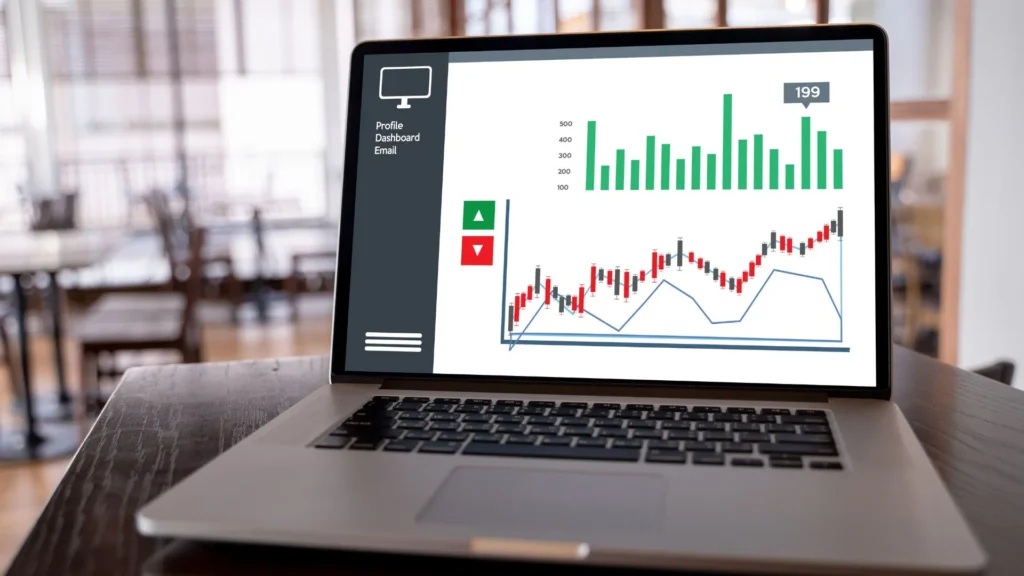
Furthermore, satisfied and commended consumers will inform their friends and relatives about your company. Free marketing helps you reach more people and make more money by bringing in new customers.
Finally, letting loyal customers know about deals and special offers early makes things feel more important and thrilling. This makes them spend more at certain times of the year, which increases income from ads and the holiday season.
Building Brand Advocacy
Customers feel valued and loved when they have a rewards program. Every point, deal, or price they give you makes their business more valuable. When people feel good about the company, they are loyal and want to support it.
Additionally, award programs frequently foster a sense of community. Exclusive events, shared experiences, and top-earner leaderboards build belonging. This shared experience develops customer-brand bonds, making them more involved in its success.
With points, levels, and tasks, loyalty programs are often more like games. This stimulates our drive for rivalry and success, engaging consumers with the brand. Members recommend companies with excellent loyalty programs 73% more. This greater involvement creates an emotional connection and a desire to promote the company to others.
Cons Of Rewards Programs
While loyalty programs hold immense potential for boosting customer loyalty, sales, and brand advocacy, they’re not without their challenges. Like any good arcade game, there’s a hidden level where you face tricky obstacles. Let’s reverse the answer to the question: Are rewards programs worth it?
Cost And Resource Allocation
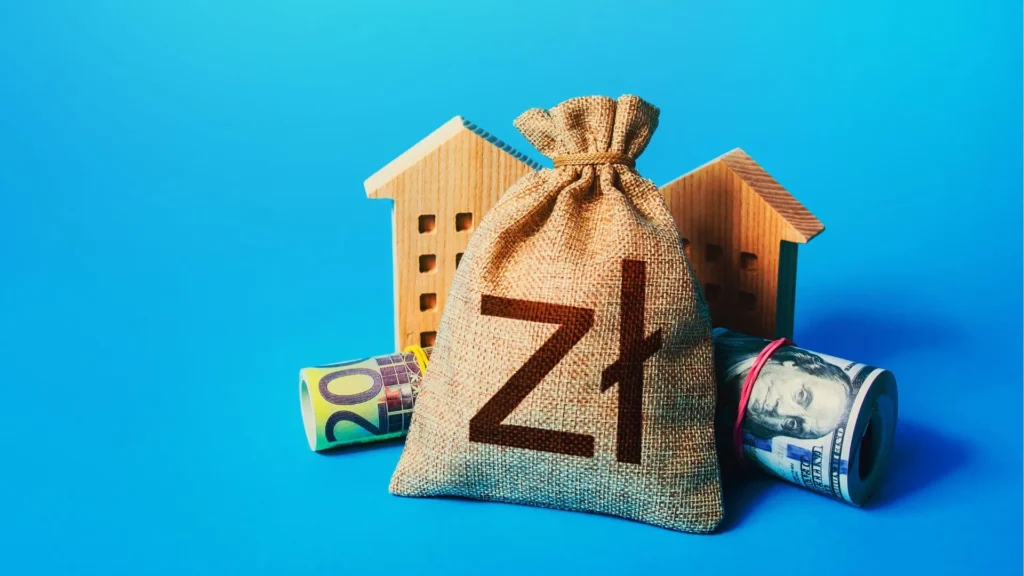
Setting up and running rewards schemes costs a lot of money. Much money must be spent on marketing efforts, technology, platform fees, and prize charges. Careful planning and funding are needed to find the right mix between the program’s value and its ability to make money.
Also, running a successful program extends beyond finances. Program management, and data analysis, and customer service need specialized staff. Small enterprises with little resources may struggle.
Loyalty rewards are only magical solutions to some business problems. Even the best prizes may not win hearts if your products or services are poor. Remember that trust and great experiences build loyalty.
The good news? These obstacles are surmountable:
- Start small and grow slowly: Make a small program, gather data about it, and then make it better.
- Select the correct technology: Find affordable platforms and tools for your requirements.
- Clarify procedures: Use automation and straightforward customer communication.
- Consider value, not points: Give incentives that match your brand.
- Track and analyze data: Improve your program and resource allocation using insights.
Don’t forget that award schemes take time to build. You might be able to solve problems and keep customers coming back if you plan ahead, are clever, and focus on value.
Risk Of Overcomplicating Customer Experience
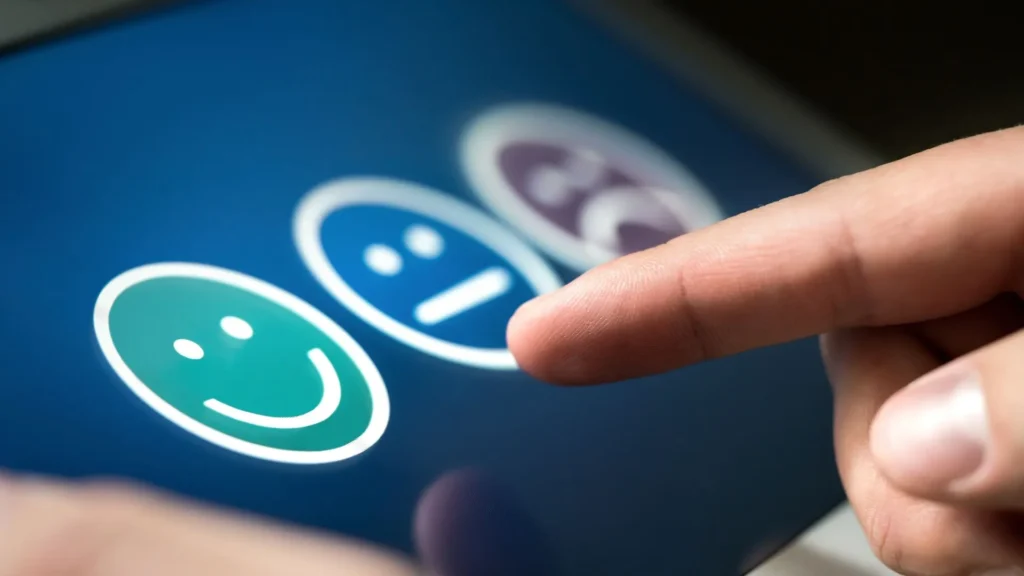
Imagine having to read pages and pages of complicated terms, point systems, and blackout dates to earn and receive rewards. Too much information can make clients feel lost and down.
You can avoid making these mistakes, though. A famous and successful awards program puts clear communication and customer satisfaction first. Here are some ideas:
- Keep things basic and clear: Use simple words and images to explain the program.
- Prioritise value above complexity: Rewards should benefit consumers and reflect your brand.
- Make it easier: Make joining, earning, and redeeming incentives simple.
- Personalize the journey: Base incentives and communication on consumer behavior.
- Prioritise tech: Purchase a user-friendly platform and responsive support.
Remember that a good rewards program should make things easier for customers, not harder. Programs that are clear, easy to understand, and focused on value make customers happy and committed.
Potential For Diminished Returns
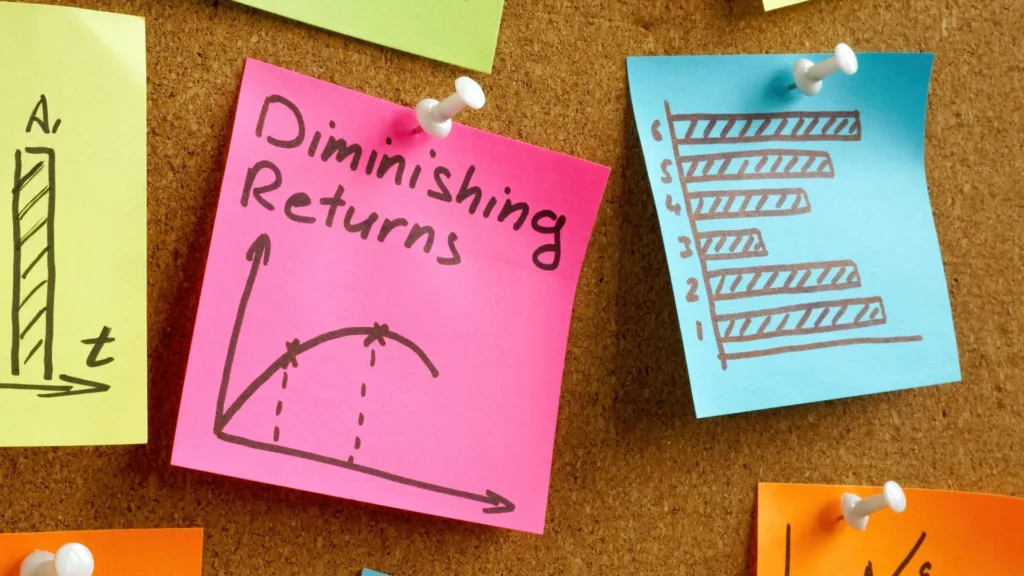
The initial excitement of earning points and redeeming rewards can gradually lose its luster. Now, the answer to “Are rewards programs worth it?” might turn into: Yes, but only for businesses that listen to their customers. Customers may lose interest in the program without diversity, upgrades, or special experiences.
Moreover, if the perceived value of rewards doesn’t match the effort required to earn them, customers might lose interest. Poor incentives or complicated redemption methods might make the program seem unfair and unattractive.
Besides, excessive rewards can have unintended consequences. Customers may grow dependent on them and hesitant to buy without them, limiting organic brand loyalty and profitability.
Good news—you can prevent declining returns. Engage, personalize, and provide actual value to establish a program that keeps consumers engaged. Here are some tips:
- Refresh and evolve: Regularly update the program with new rewards, challenges, and experiences to maintain excitement.
- Customise rewards: Use data to offer incentives that match individual interests and behaviors.
- Look beyond points: Start a brand relationship and community program, not simply point accumulation.
- Find balance: Give meaningful incentives without encouraging clients to depend on them.
- Strategically use data: Personalise communication, offers, and incentives using consumer information for optimum effect.
Loyalty programs are a journey, not a destination. Keep consumers involved, provide true value, use data insights carefully to prevent diminishing returns, and establish a program that builds brand loyalty and advocacy.
Challenges In Differentiating From Competitors
Many programs copy competitors. A sea of homogenous programmes competes for attention, leaving clients bewildered and unclear which to select. Uniqueness needs imagination and ingenuity.
Simply offering rewards isn’t enough. Beyond discounts and points, the programme must provide compelling value. Offer special events, promote social causes, or align the programme with your corporate identity and values to stand out.
Despite the cacophony, you can design a fascinating program. Uniqueness, personalization, and a great value proposition attract and keep consumers. Here are some tips:
- Market Research: Study rivals’ products and market gaps.
- Know Your Audience: Define your target consumer and customize the program to their requirements.
- Think Outside the Box: Explore new rewards, gamification, and community-building methods.
- Offer Exclusive Value: Combine savings with exclusive experiences, early access, or personalized suggestions.
- Smooth Integration: Integrate your program with your systems and marketing.
Remember, differentiation is continual. To stay competitive, analyze your program, get client input, and react to trends. By offering a unique and worthwhile program, you may stand out and win clients’ hearts (and money).
How to Assess the Worth of Rewards Programs
Like analyzing a gemstone’s quality, evaluating a rewards program’s success takes digging deeper. We’ll go below the glamor and examine these initiatives’ genuine ROI in this section. We’ll provide you with key data and insightful questions to discover whether your software is a gem or fake jewelry:
Evaluating ROI Of Loyalty Programs

For reward programs to be helpful, businesses need to see a good return on investment (ROI). ROI is hard to figure out for a program that changes how customers behave, how loyal they are, and how they feel about the business.
Let’s look at ways to measure and increase the value of the program:
Key Metrics to Track:
- Customer Acquisition Cost (CAC): Keep track of how much more or less the program costs to bring in new customers compared to other ways.
- Average Order Value (AOV): Does the program stimulate higher purchases?
- Purchase Frequency: Does the program increase client visits and repeat purchases?
- Customer Lifetime Value (CLTV): Does the program increase the overall value a customer brings to your business?
- Redemption Rate: What percentage of earned rewards are redeemed, showing program engagement?
- Brand Advocacy: Are customers recommending your brand more thanks to the program, leading to organic growth?
Methods for Calculation:
- ROMI: Compare the program’s cost against its additional income.
- CLTV Analysis: Estimate program-acquired consumers’ lifetime value.
- Customer Segmentation Analysis: Determine high-value customer categories using ROI.
- Econometric Modelling: Create complex models to quantify program effects on measures.
Use good math and keep track of numbers to figure out the return on investment (ROI) of your incentive program. You should also think about benefits that people can’t see or touch. It should be fun and useful, like a well-thought-out computer game, giving you and your clients what you want. Take a good look at the data and measure your prize program well. It will pay off in trust and growth.
Tailoring Programs to Business Goals
To answer the question: “Are rewards programs worth it?” you need to evaluate it based on your business goals. A reward program that works well make plans to meet both customer wants and business goals. This is like how a good tailor makes a suit that fits perfectly. People are more dedicated and have more power when they do things this way. It’s better for everyone.
Think about what you want your program to achieve:
Boost sales? Offer rewards for higher buy values or frequent purchases.
Increase customer lifetime value? Choose bonus points for repeat customers or offer exclusive experiences.
Build brand advocacy? Offer exclusive early access, personalized recommendations, or social sharing incentives.
Remember, your target audience isn’t a homogenous mass. Consider:
- Demographics: Tailor rewards to different age groups, income levels, or locations.
- Interests and preferences: Offer rewards aligned with their hobbies, spending habits, or values.
- Sale behavior: Reward high-value customers with personalized perks and exclusive offers.
By making changes to your awards program, you can make it fit your business’s goals and the hearts of your customers. This well-fitting experience is good for everyone: loyal customers, big bonuses, and business growth.
Top 3 Successful Loyalty Program Case Study
In the intensely competitive war for client hearts and dollars, loyalty programs are strong. However, not all programs are equal. Some stand out, building enduring partnerships and sustained development. Today, we examine three innovative loyalty programs’ techniques and discover their success factors.
Are rewards programs worth it? Until now, the answer is obvious: Yes. We’ll examine the top 3 real-world case study to understand deeply: Starbucks Rewards’ mobile-first convenience, Sephora’s Beauty Insider’s tiered exclusivity, and Amazon Prime’s smooth experience. We’ll learn from their appealing incentives, individualized methods, and new techniques for companies of all sizes and sectors:
Top 1: Sephora’s Beauty Insider Program
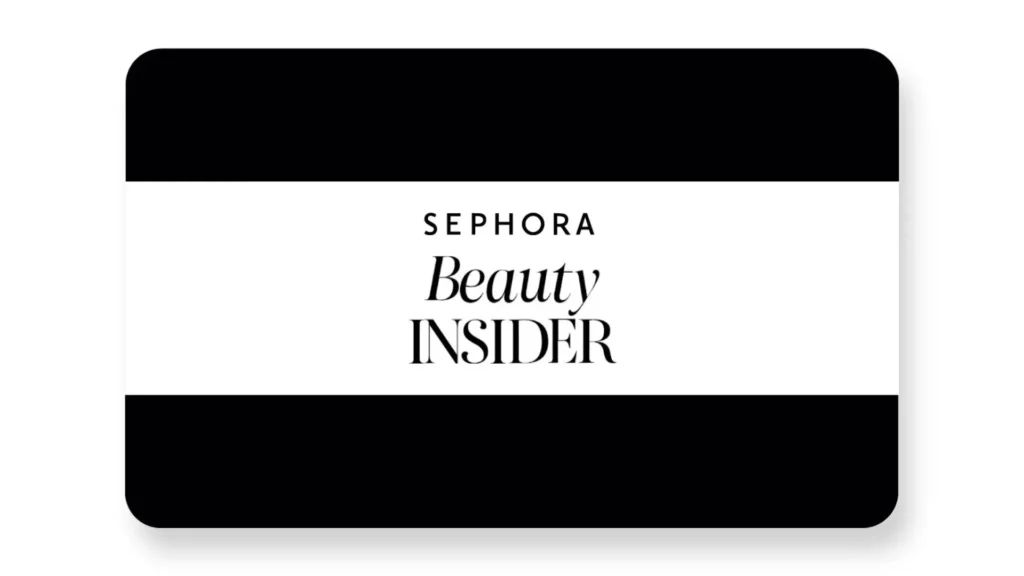
Sephora’s Beauty Insider program is more than simply a reward club; it offers a personalized beauty experience. Let’s look at the fundamental factors that made it so successful:
Sephora has Beauty Insiders, VIBs, and Rouge members. Gamifying the trip by awarding prestige and perks to each rung encourages clients to climb the ladder. Rouge, the highest rank, needs a large yearly cost, making it an elite group that encourages social boasting and ambition.
The program fits with Sephora’s image. Not only savings, but also prestige, uniqueness, and one-of-a-kind events are rewards. Visualize workshops, early access to new products, and one-of-a-kind gifts. Beauty fans love these perks because they’re in style and make them feel good.
You may want to read: Decoding Sephora’s Beauty Insider for E-commerce Growth
Top 2: Starbucks Rewards
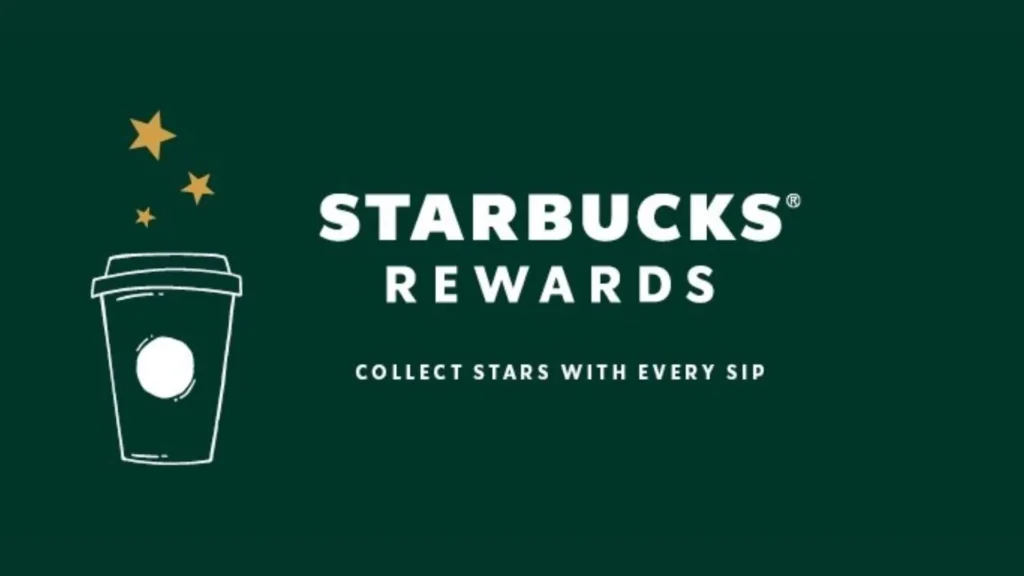
There are 28.7 million registered Starbucks Rewards members. This reward program is a great example of how technology and customization can make loyalty work.
It’s clear from Starbucks’ huge success that award programs work best when they are simple to use, flexible, and based on facts. People feel like they are important and a part of the process when you focus on mobile-first and useful prizes.
You may want to read: Lessons from Starbucks loyalty program for Shopify stores 2024
Top 3: Amazon Prime
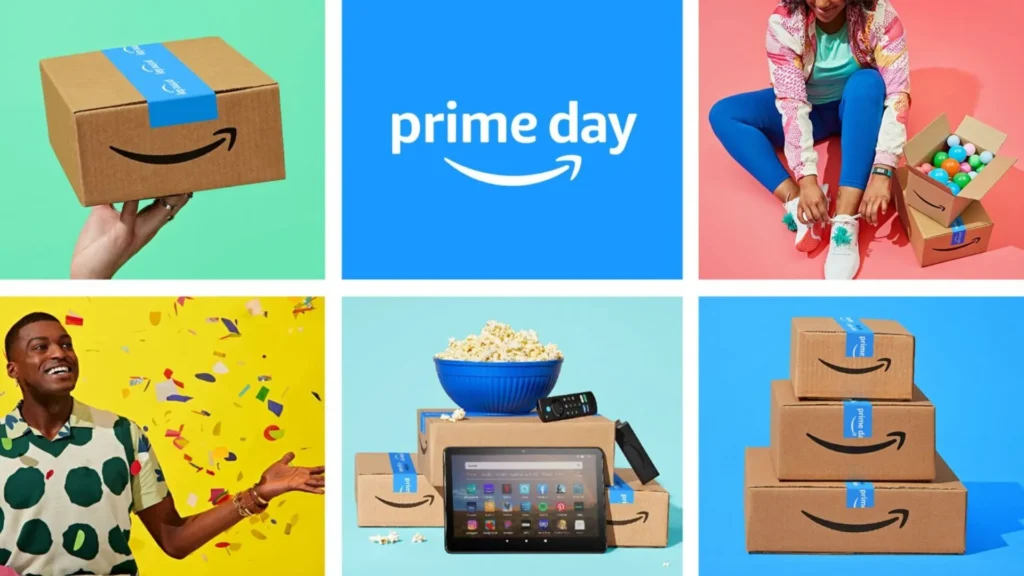
Amazon Prime has changed reward programs by putting value and ease of use ahead of savings and delayed benefits.
Prime knows that reward programs need to change in a world where people want things right away. Their program is popular with present customers because it offers quick value, ease of use, and uniqueness. Customers love Prime because it focuses on perceived value over delayed rewards. Other companies that want to win customers’ hearts and wallets in the digital age can learn from Prime.
Conclusion
Summary, for the question, are rewards programs worth it? The answer is yes, it has a lot of benefits, but they need to be carefully put into action. Keep in mind that deals don’t make people faithful. A transactional program could become a relationship builder if you know your customers, align rewards with business ideals, and put data-driven insights first.
On the other hand, it might be hard to understand the trust environment. This is where BON Loyalty Rewards & Referrals come in. The BON Loyalty app is recommended for Shopify store owners because it lets you create a unique, interesting program that gets customers to buy from you again and again and stay loyal.
Ready to go beyond incentives and establish client loyalty? Try BON Loyalty today to maximize your loyalty program.
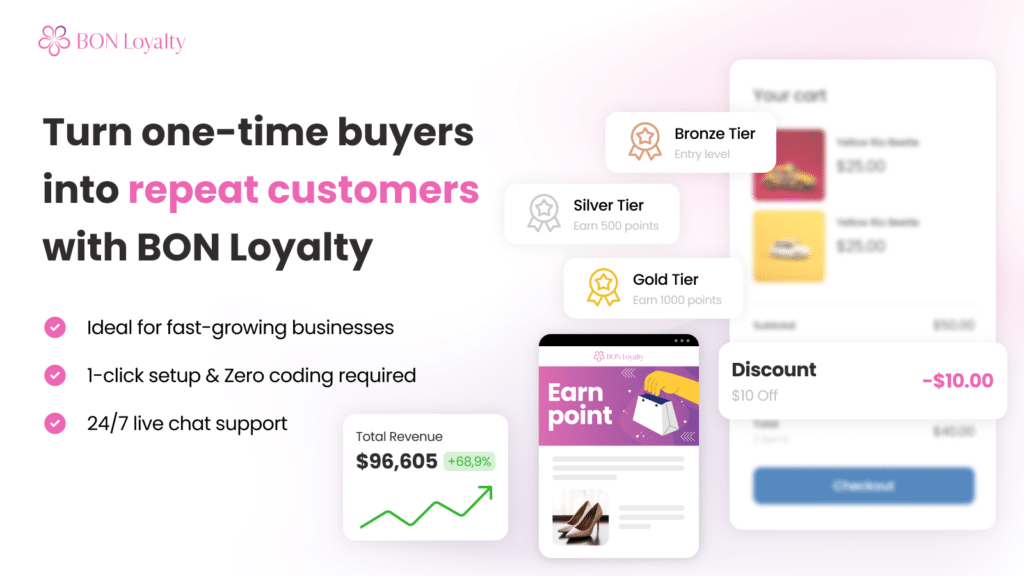
Lindsey Nguyen is a Content Marketing Specialist at BON Loyalty, specializing in digital marketing and eCommerce. At BON Loyalty, she crafts content that empowers Shopify store owners to build and sustain thriving customer relationships through innovative loyalty programs. Her articles, often featured on the BON Loyalty blog, provide valuable strategies and insights that help businesses enhance customer loyalty and increase customer lifetime value.
